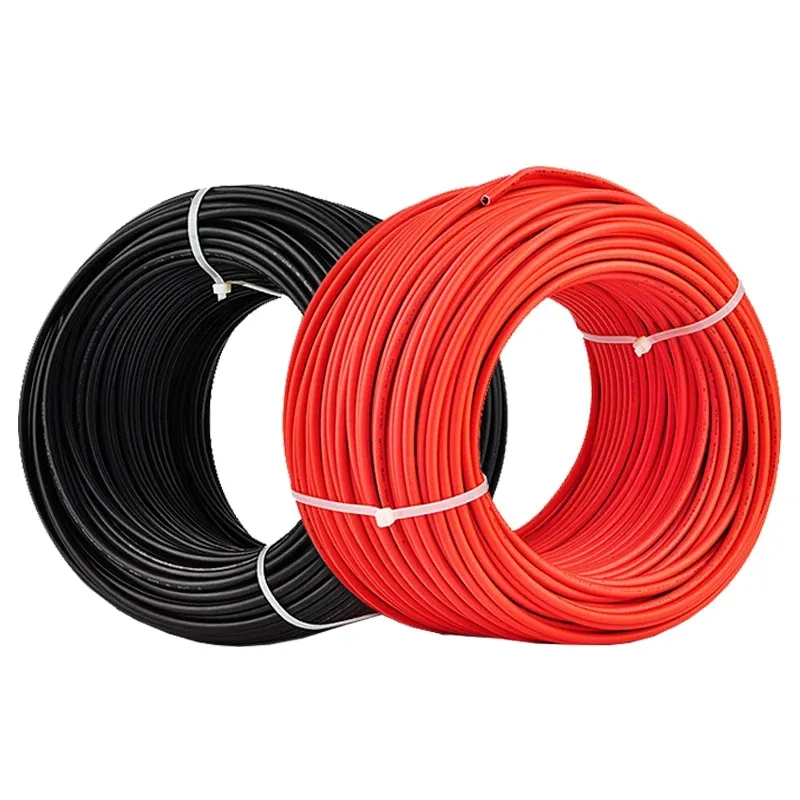Time: 2025-04-17 15:58:33 Source: Henan Province Jianyun Cable Co., Ltd.

Several factors determine whether a 4mm or 6mm solar cable is appropriate for your PV system. These include current capacity, cable run length, voltage drop, system size, and environmental conditions.
Choosing the right cable is like picking the right hose for a garden—too small, and you’ll struggle to get enough water (current) through; too large, and you might overspend without benefit.
The primary differences between 4mm and 6mm solar cables lie in their cross-sectional area, current capacity, voltage ratings, and suitability for different applications. Here’s a detailed comparison:
| Specification | 4mm Solar Cable | 6mm Solar Cable |
|---|---|---|
| Cross-Sectional Area | 4 mm² | 6 mm² |
| Current Capacity | Up to 30A (some sources suggest 37A depending on installation) | Up to 50A (some sources suggest up to 55A) |
| Voltage Rating | Up to 1000V DC | Up to 1500V DC |
| Voltage Drop | Higher over long distances (e.g., 0.094V per meter at 10A) | Lower over long distances (e.g., 0.063V per meter at 10A) |
| Typical Use | Small to medium residential systems, short runs | Larger systems, long runs, high-power applications |
| Cost and Flexibility | Cheaper, lighter, more flexible | More expensive, heavier, less flexible |
The 6mm cable’s larger cross-sectional area allows it to carry more current with less resistance, making it better for high-power systems or longer runs. However, 4mm cables are often sufficient for smaller setups and are easier to handle. It’s like choosing between a narrow stream and a wide river—the wider river (6mm) carries more water (current) with less effort, but a stream (4mm) might be enough for a small garden (system).
Your choice between 4mm and 6mm solar cables depends on your system’s specific requirements. Here’s a step-by-step guide to help you decide:
For most small to medium residential solar systems with short cable runs (e.g., under 10 meters) and currents below 30A, a 4mm cable is sufficient and cost-effective. However, for larger systems, long runs (over 15 meters), or currents above 30A, a 6mm cable is the better choice to minimize voltage drop and ensure safety. Always consult a professional solar installer to confirm your calculations and ensure compliance with local codes. Choosing the right cable is like picking the right shoes for a hike—4mm might be fine for a short stroll, but 6mm is better for a long, demanding journey.
Deciding between 4mm and 6mm solar cables hinges on your system’s current, cable run length, and power demands. A 4mm cable suits small to medium setups with short runs and currents under 30A, while a 6mm cable is better for larger systems, long runs, or currents up to 50A, offering lower voltage drop and greater capacity. By evaluating your system’s needs and planning for future expansion, you can select the right cable to ensure efficiency, safety, and reliability in your solar installation.